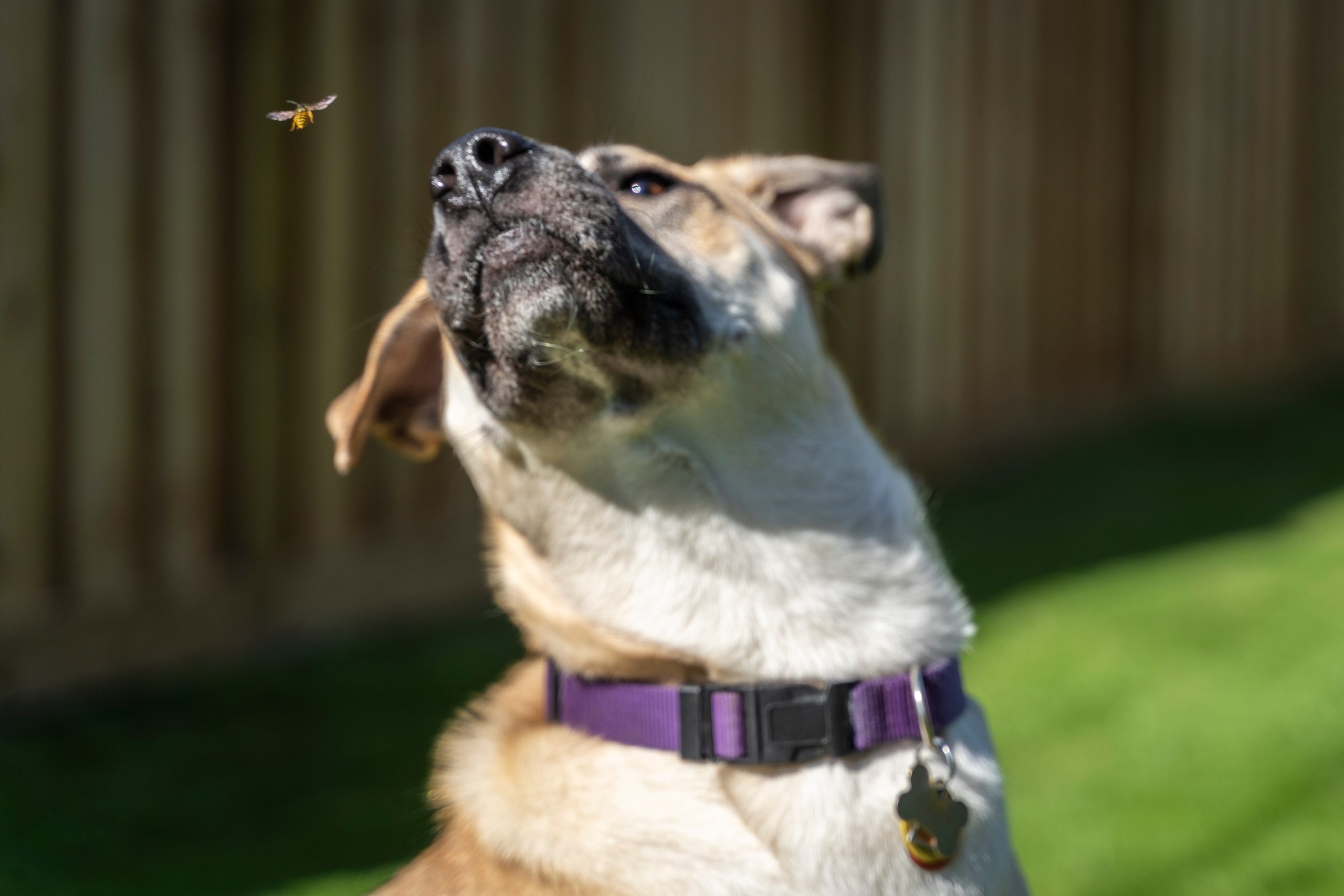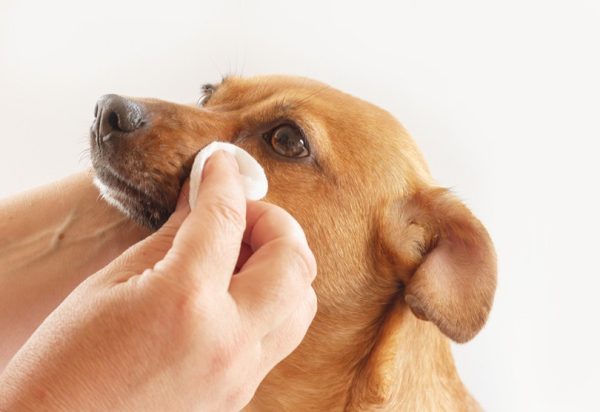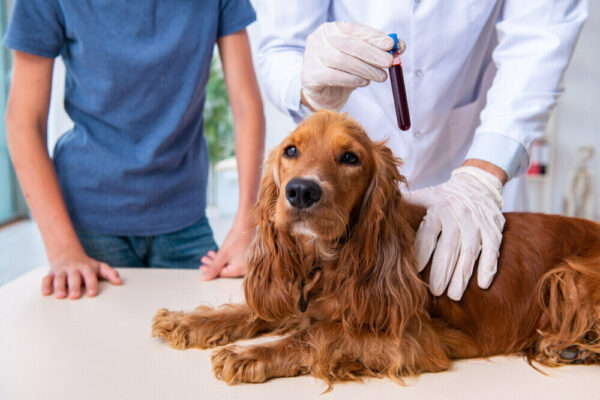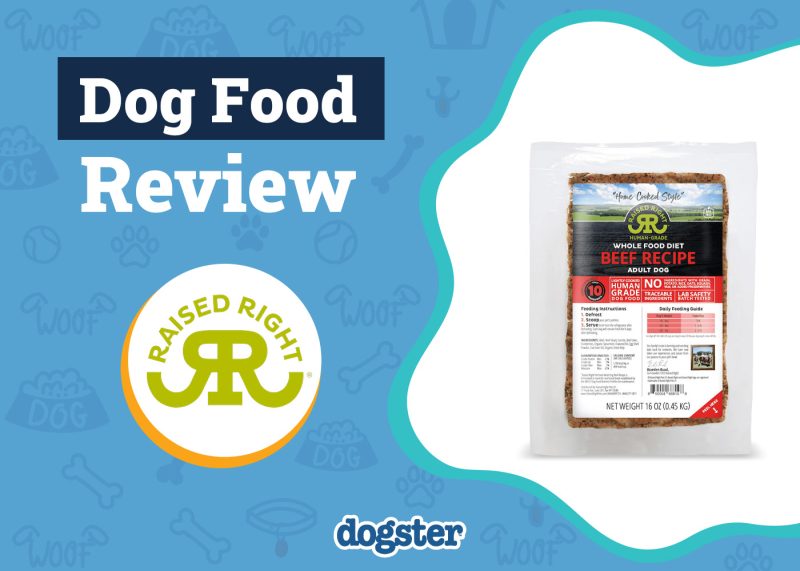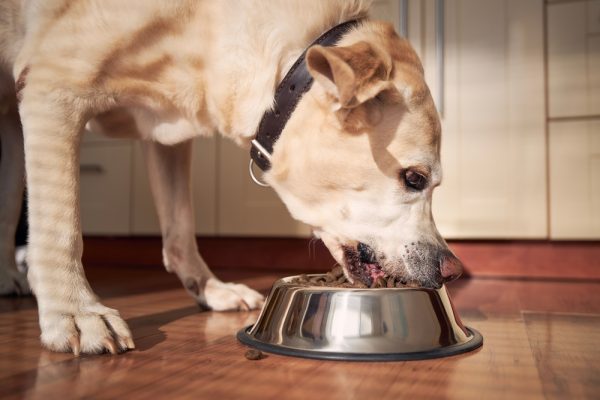In this article
Any vet who works in an emergency clinic can attest to the surprisingly high frequency at which dogs are stung by bees. Some dogs chase bees and get stung, some dogs tread on bees while walking, and some dogs lick or eat bees found on the ground. The range of reactions is wide—some dogs are completely fine, and other dogs experience life-threatening anaphylaxis.
If you’ve found a bee stinger in your dog or suspect that he or she has been stung by a bee, it’s best to get in touch with a veterinarian. Read on to find out what you should do in the meantime, and what you should be watching for!

How Do I Know If My Dog Has Been Stung?
Rarely do dog owners actually see their dog get stung by a bee. Sometimes, if you look close enough and part the hair, you’ll locate the stinger, which is a small dark pointy “pin”. Other times, a diagnosis of a bee sting can be presumed based on signs of acute swelling and hives, or anaphylaxis.
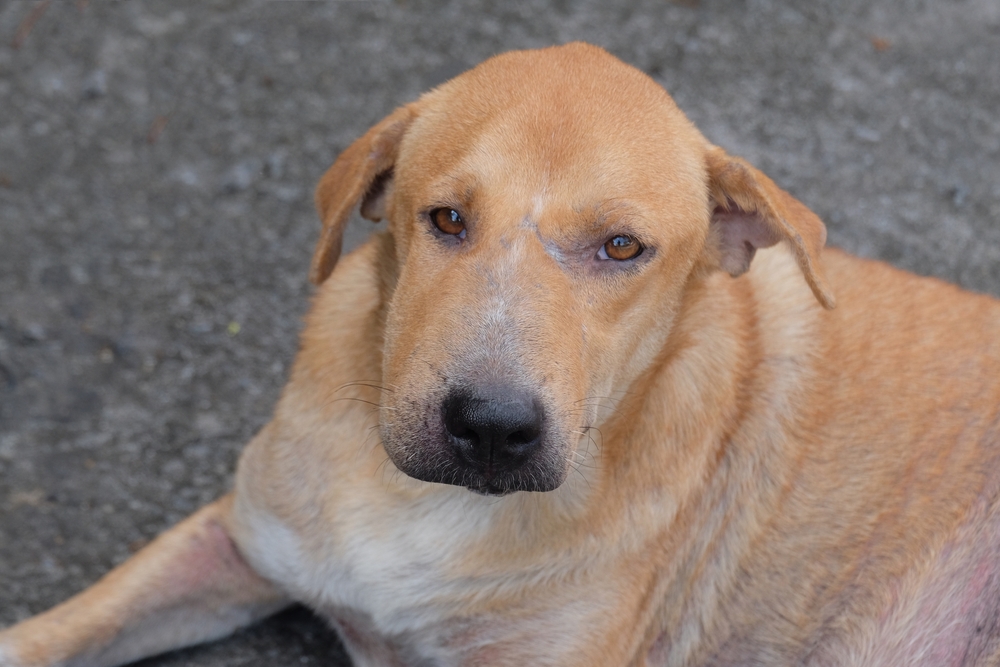
Risks of Bee Stings in Dogs
- No reaction or signs of ill-health
- Localized mild reaction: Pain and swelling at the site of the sting (sometimes resulting in an obvious limp if stepped on)
- Hypersensitivity: Swelling of the face and hives (“hypersensitivity”)
- Anaphylaxis: Often resulting in collapse and shock
- Swelling of the mouth and difficulty breathing (if eaten)
It is impossible to predict which one of these reactions your dog will have. It depends on their immune system, the potency of the bee sting, and possibly previous bee sting episodes. It is also important to note that while anaphylactic reactions may seem very scary, they are fairly rare.
Here’s What to Do
- Remove the stinger (if you can locate it). You will probably need to part the hair to visualize the stinger. It may help to have someone else gently hold or restrain your dog. The stinger can usually be removed with either your fingers or tweezers.
- Check for any signs of ill-health. This might be vomiting, pain, swelling at the site, hives along their body, or swelling of the face (termed “edema”). Some dogs will appear lethargic, pale or even collapsed.
- Watch and wait. If your dog seems completely fine, it may be reasonable to adopt a “watch and wait” approach while applying some cold compression to the area. If your dog is showing any of the above signs in (2), proceed to (4).
- Contact a veterinarian. Arrange to have your dog seen by the vet, who can advise as to what treatment is necessary. Even if it’s just a check-up for your peace of mind, it’s probably worth it.
Did you know you can speak to a veterinarian without having to travel? Just head over to PangoVet. It's an online service where you can talk to a vet online and get the advice you need for your pet — all at an affordable price!


Frequently Asked Questions (FAQ)
How Are Bee Stings Treated by Vets?
This depends on how your dog presents to the vet clinic, what signs they are showing, and if they have a history of reactions to bees. All treatments will be discussed with you first.
- Removing the bee stinger
- Painkillers and anti-inflammatories
- Clipping and cleaning the sting site
- Antihistamines (injections and tablets)
- Antinausea medications (if vomiting is present)
- Adrenaline and intravenous fluids (for anaphylaxis)
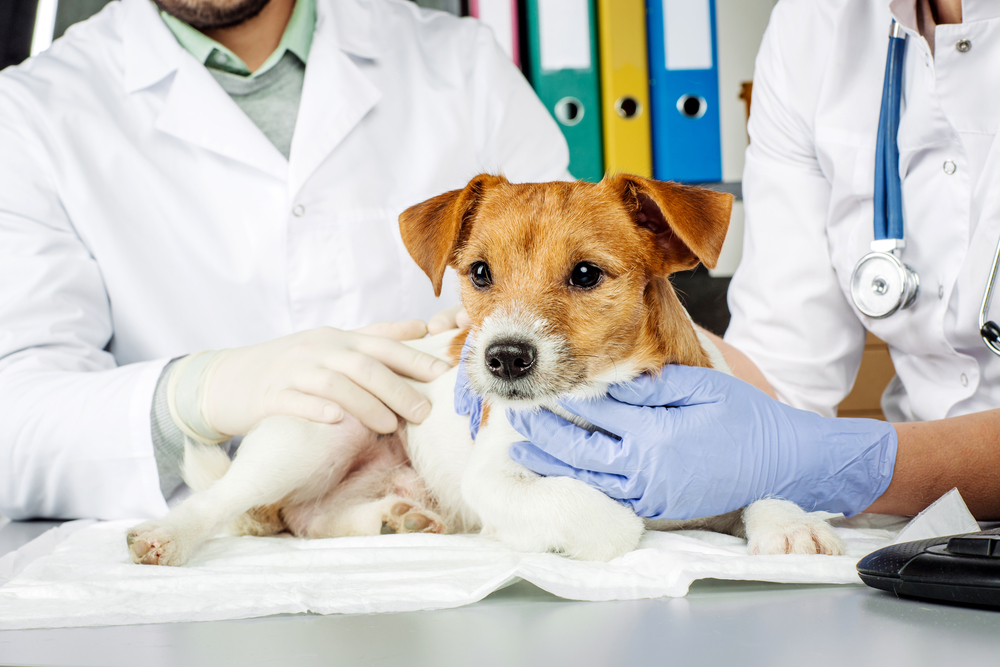
How Long After a Bee Sting Will a Dog Have a Reaction?
Most bee-sting reactions occur within 30 minutes of the sting. Some dogs will have delayed reactions several hours after the sting. Very few dogs have reactions more than 24 hours after the sting occurs.
What Is the Prognosis for a Dog Stung by a Bee?
Thankfully, most dogs stung by a bee make a full recovery, especially with prompt veterinary intervention. The prognosis is worse with anaphylactic reactions. Severe hives and facial swelling can take several days to subside.

Conclusion
Some dogs get stung by bees while minding their own business; other dogs unknowingly aggravate or eat the bee. If your dog seems completely fine, remove the stinger and monitor closely for signs of a reaction. If your dog seems unwell in any way, don’t hesitate to contact a veterinarian.
Featured Image Credit: Stefan Malloch, Shutterstock
